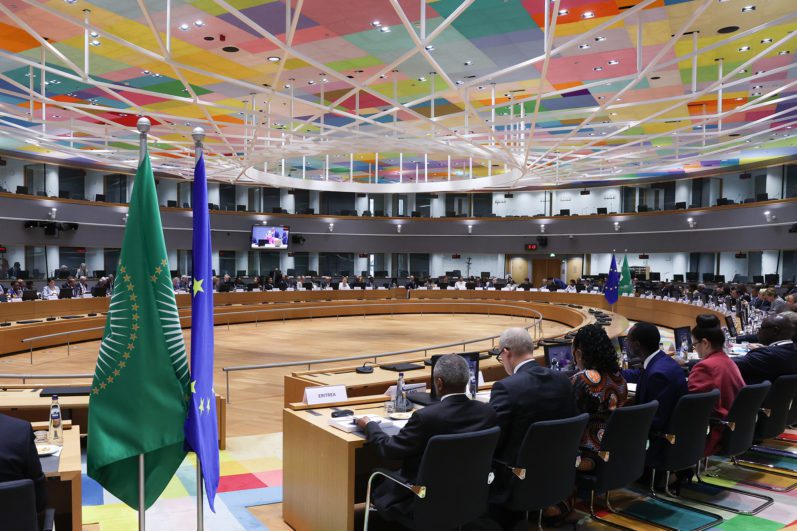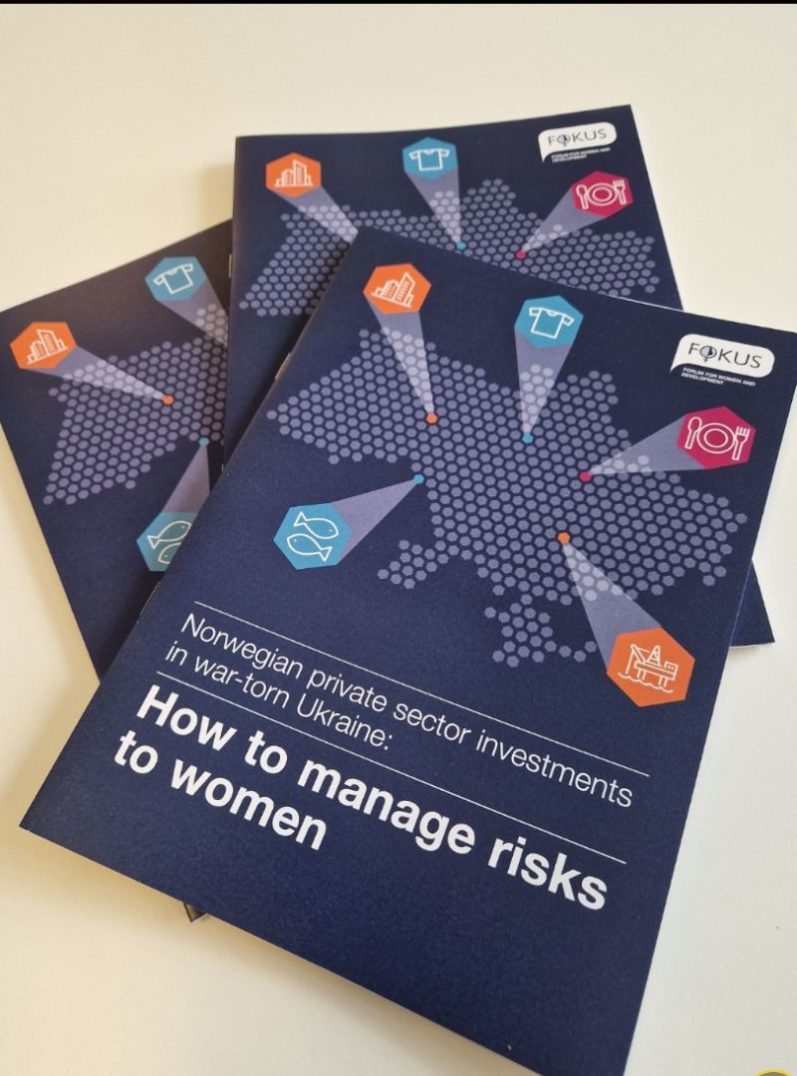360° support Tailored to meet your company’s needs
- Heightened human rights due diligence+ assessments
- Conflict-sensitivity assessments
- Social impact assessments of operations, supply and value chains.
- Heightened human rights due diligence+ assessments
- Conflict-sensitivity assessments
- Social impact assessments of operations, supply and value chains.

What TrustWorks brings to you.

Our expertise
With over ten years of experience supporting public and private actors to manage conflict risks and maximise positive impacts, our partners can expect TrustWorks to have: deep subject matter expertise; significant comparative contextual knowledge; and, extensive practical know-how of what it takes to engage in conflict-affected areas.

Our dedication
Our partners can expect a true commitment to the mantra 'no more business as usual!'; we have seen what works, as well as what doesn’t. As a result, we care deeply about working responsibly and effectively in conflict-affected areas and our passion shines through. This is reflected in the high calibre of the people we’ve selected to join the TrustWorks team.

Our tools
With ten years of experience and a first-class team, it is no surprise that we have mastered the essence of what we do. Our work is always tailored to the situation at hand but informed - as appropriate - by our proprietary tools and methodologies on conflict-sensitivity, hHRDD, company benchmarking, and much more. Our partners expect excellence, and we deliver.




